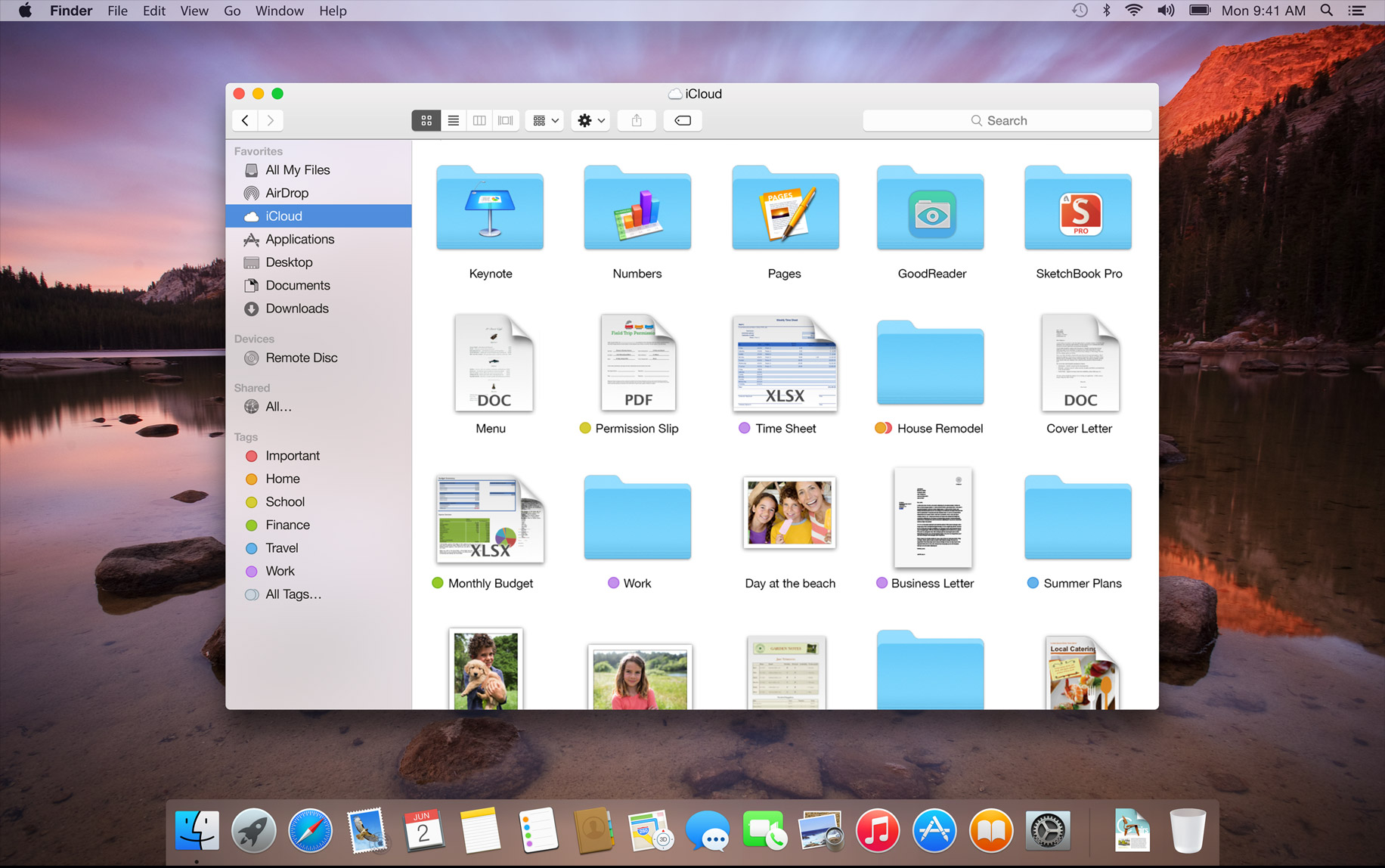

A blank USB flash drive with at least 5 GB of space or blank DVD (and DVD burner) if you want to create media. We recommend using a blank USB or blank DVD, because any content on it will be deleted. When burning a DVD from an ISO file, if you are told the disc image file is too large you will need to use Dual Layer (DL) DVD Media. Create and Load Disk Image. The function is very useful for the devices which are going to be damaged. Or if you want to avoid any new changes to the device, just use this feature to create a disk image and scan it to retrieve the lost files. Select the partition or disk under device list, then click File- Create Disk Image on. In our previous lesson we configured the NetInstall service and started a Mac using an installer image hosted on a server. This week we’re going to up our game a bit and create a disk image we.

I know what you’re thinking. Why.
Most Mac users are not aware of taking image of a DVD/CD. In the Disk Utility there is a option to create image file, but even though it creates.cdr format which only supports Mac. So we cannot share our image file with our friends who use other operating systems like Windows or Linux. Create and Load Disk Image. The function is very useful for the devices which are going to be damaged. Or if you want to avoid any new changes to the device, just use this feature to create a disk image and scan it to retrieve the lost files. Select the partition or disk under device list, then click File- Create Disk Image on.
The floppy disk may be obsolete in the real world, but sometimes you still need to add one to a virtual machine. Recently, I needed to inject an autounattend.xml file into a windows VM so I could bring up a Windows instance from scratch with Ansible. The best of the bad ideas on the whiteboard was to use a virtual floppy disk.
The usual approach to creating .flp images is to make an empty file with a .flp extension, attach it to a VM, and then format it from inside the VM. After all, thats what VMware says to do in kb1002195. That method was much too interactive as I tested and iterated on my autounattend.xml file. What I needed was a scriptable method to create virtual floppy images and inject files without using a helper VM to do it. As it turns out, hdiutil can create them, it’s just not very well documented.
https://cooltfiles283.weebly.com/free-apple-tv-directv-now-offer.html. Can i run mac programs on windows. Here’s how you can use the MacOS terminal command line to create floppy disk images from scratch.
First, create a folder containing the contents of the floppy disk you are about to create. For example:
Pictureviewer 7 0 2 – slideshow images without import. Iffmpeg 5 5 4 – convert multimedia files between formats. Download firefox for mac 10 7 3. Next, use the hdiutil command to create the floppy image from that folder
A few of those hdiutil options could use some context:
-fs “MS-DOS FAT12” : Forces FAT12. “MS-DOS” alone would default to FAT32
-layout NONE : uses the whole disk instead of partitioning it.
-srcfolder <folder>: This can be omitted if you just want an empty floppy
-format UDRW: This format option creates an uncompressed image file. This option is only required if -srcfolder is specified.
-ov: Overwrite the output file if it already exists
And finally, rename the file to .flp so VMware will recognize it.
Later, if you need to mount that .flp on MacOS, you can also do that with hdiutil:
The output will include the device path and the mount path. Either of which can be used to eject the disk:
With the floppy image out of the way, I can move on to crafting an autounattend.xml that enables a newly created Windows VM to be controlled by Ansible. That will be a topic for another day.
